Difference between revisions of "Aniline leather"
| Line 24: | Line 24: | ||
<p> </p> | <p> </p> | ||
| + | For aniline leather only absolutely [[Natural markings on leather|flawless hides]] can be [[Leather production|processed]] because the [[Grain side|surface structure]] of the leather is completely visible. Leather with [[Natural markings on leather|damages on the skin surface]] which emerge disturbing in the main areas like [[Natural markings on leather#Barbed wire scares and scratches|visible scares]], [[Natural markings on leather#Insect bites|insect bites]] and [[Natural markings on leather#Fire-brand|fire-brands]] are not first choice. Because flawless hair is rare, aniline leather is generally more expensive than [[Finish|pigmented leather]]. [[Tannery|Tanners]] talk of less than 5% of the delivered skins, which can be processed as aniline leather because of impeccability. | ||
| − | + | Aniline is porous grain side leather. When you do a water rubbing test, a drop of water would sink into the surface and darken it. Aniline leather are therefore highly susceptible to [https://www.colourlock.com/tip/misc/watermarks-aniline-suede-nubuck.html water marks] and [[Leather damages#Grease and sweat stains on leather|grease stains]], as for the [[Colour fastness - Light fastness of leather|fading]] caused by sunlight. Aniline leather generally has a warm and waxy [[Haptic evaluation of leather surfaces|grip]] and a matt [[Gloss of Leather|degree of gloss]]. | |
| − | + | ||
| − | + | ||
| Line 37: | Line 36: | ||
</p> | </p> | ||
<p align=center> | <p align=center> | ||
| − | '' | + | ''Picture 1 shows a drop of water on a [[Finish|pigmented]] [[Cow leather|cowhide]]. The drop does not sink in. Next to it, the drop sinks into the [[Porous leather|porous]] [[Smooth leather| smooth leather]].'' <br></p> |
<p> </p> | <p> </p> | ||
| Line 48: | Line 47: | ||
Übersetzungen: | Übersetzungen: | ||
| − | + | ||
Aniline dye: In the through-dyeing of leathers aniline dye is used. It is a transparent liquid (such as ink, colouration of textile), which is swallowed by the leather, without forming a coating layer. All absorbent leather types (suede, nubuck and aniline leather) are dyed this way. Top grained absorbent leather is called aniline. The colouring process is in a drum filled with liquid dye. | Aniline dye: In the through-dyeing of leathers aniline dye is used. It is a transparent liquid (such as ink, colouration of textile), which is swallowed by the leather, without forming a coating layer. All absorbent leather types (suede, nubuck and aniline leather) are dyed this way. Top grained absorbent leather is called aniline. The colouring process is in a drum filled with liquid dye. | ||
Revision as of 07:21, 28 August 2016
Aniline leather is in a bath with aniline dyes colored leather. Aniline leather is porous smooth leather without a pigment based surface finish. On aniline leather the natural texture of the skin material is recognizeble and is usually high-priced and high-graded leather. Because of the missing pigmented colour layer on the surface, aniline leather feels natural, soft and worm.
The pores of the skin must be clearly identifiable in aniline leather. Maximum, an aniline leather is allowed to receive a finish with a hydrophobic treatment, but pigments are not allowed as component of the finish.
Aniline leather without any finish and completely porous is called pure aniline leather or just pure aniline. Soft aniline leather is also called napa leather.
Also leather with velvet-like surfaces like suede and nubuck belong to the group of porous leather.
Which type of leather can be called aniline leather, is regulated by national and international norms, regulations and standards. In Europe the term is ruled by the standard: DIN EN 15987 "LEATHER - TERMINOLOGY - KEY DEFINITIONS FOR THE LEATHER TRADE" (July 2015). Accordingly to this norm, an aniline leather is a smooth leather, were the pores of the hair is well and clearly visible. An applied finish is not allowed to be thicker then 0,01 mm and is not allowed to contain pigments.
Aniline leather is used for all kinds of leather products. It's used as furniture leather, as handbag leather, for shoes or for clothing. Seldom is car leather, as leather in cars is expected to be easy to leather cleaner and care which can only be achieved with a |pigmented coating on top of the leather.
Structure of the leather coloring and finish. Without finish = aniline leather.
For aniline leather only absolutely flawless hides can be processed because the surface structure of the leather is completely visible. Leather with damages on the skin surface which emerge disturbing in the main areas like visible scares, insect bites and fire-brands are not first choice. Because flawless hair is rare, aniline leather is generally more expensive than pigmented leather. Tanners talk of less than 5% of the delivered skins, which can be processed as aniline leather because of impeccability.
Aniline is porous grain side leather. When you do a water rubbing test, a drop of water would sink into the surface and darken it. Aniline leather are therefore highly susceptible to water marks and grease stains, as for the fading caused by sunlight. Aniline leather generally has a warm and waxy grip and a matt degree of gloss.
Picture 1 shows a drop of water on a pigmented cowhide. The drop does not sink in. Next to it, the drop sinks into the porous smooth leather.
Versuche, die Bezeichnung Anilinleder durch naturbelassenes Leder oder Nappaleder Naturbelassen zu ersetzen, um eine Verwechslung mit dem den giftigen Anilinfarbstoffen (Azofarbstoffe) zu vermeiden, haben sich wegen der festen Etablierung im Volksmund nicht durchsetzen können. Somit ist der Begriff Anilin oder Anilinleder der richtige Fachbegriff zur Beschreibung dieser Lederart. Wegen der Weichheit des Leders wird Anilinleder auch als Nappaleder oder gelegentlich auch als Softleder bezeichnet.
Als Semianilinleder werden Leder bezeichnet, die eine geringe Pigmentschicht aufweisen, wo das Porenbild noch gut erkennbar ist. Seit Januar 2016 gibt es im Möbelbereich noch eine Lederart zwischen den Anilinledern und dem Semianilinleder. Das Anilinleder veredelt (gebrauchsoptimiert), welches noch weniger Pigmentzurichtung als das Semianilinleder aufweist. Die Reinanilinleder (Anilinleder naturbelassen) dürfen dagegen keine Pigmente auf der Oberfläche aufweisen.
Übersetzungen:
Aniline dye: In the through-dyeing of leathers aniline dye is used. It is a transparent liquid (such as ink, colouration of textile), which is swallowed by the leather, without forming a coating layer. All absorbent leather types (suede, nubuck and aniline leather) are dyed this way. Top grained absorbent leather is called aniline. The colouring process is in a drum filled with liquid dye.
Film über Lederarten.
Mikroskopische Aufnahme der Oberfläche eines Anilinleders.Deutlich sind die offenen Poren der Haut erkennbar, die nicht durch eine Zurichtung verdeckt werden.
Anilinleder gibt es in allen Bereichen: Bekleidungsleder, Autoleder, Fahrradsattel, Möbelleder, Schuhleder, Taschen- und Kofferleder
Anilinleder ist empfindlich: Fettstellen - Ausbleichungen - Fleckenränder
Unterscheidungsmerkmale
Reines Anilinleder - Haarporen sind gut erkennbar und keine Farbschicht auf dem Leder.
Semianilinleder - Haarporen sind gut erkennbar, aber eine dünne Farbschicht auf dem Leder.
Haarporen sind kaum erkennbar, ein stärkere Farbschicht ist auf dem Leder. Hier kann nur ein Fachmann prüfen, ob es noch als "Semianilinleder" bezeichnet werden darf.
Pigmentiertes Glattleder - Haarporen sind nicht mehr erkennbar, ein dicke Farbschicht ist auf dem Leder.
Manchmal werden Leder als Anilinleder angeboten, die garkeine sind. Da die Leder so empfindlich sind, erhalten die manchmal eine "leichte" Zurichtung. Solche Leder sind dann aber keine "Reinanilin" mehr, sondern allerhöchstens Semianilinleder oder sogar pigmentierte Leder.
Als Anilinleder deklariert, aber eindeutig eine Farbschicht auf dem Leder, wobei die Haarporen sogar nur schwach erkennbar sind.
Additional information
- Semi-aniline
- Finished leather - Pigmented leather
- Breathability of leather
- Porous leather
- Smooth leather
- Types of leather
- Furniture leather - What should be considered when buying new leather furniture?
- Aniline tanned - a mistake of terminology
Detailed instructions for cleaning, repair and maintenance of aniline leather
![]() -> All instructions about cleaning and maintenance of aniline leather (furniture)
-> All instructions about cleaning and maintenance of aniline leather (furniture)
![]() -> Greasy stains on head or armrest areas
-> Greasy stains on head or armrest areas
![]() -> Cleaning and care of leather clothing
-> Cleaning and care of leather clothing
![]() -> Cleaning and care of leather shoes
-> Cleaning and care of leather shoes
![]() -> Stain removel on aniline (oil, grease, resin, wax, chewing gum, super glue, water marks, mold)
-> Stain removel on aniline (oil, grease, resin, wax, chewing gum, super glue, water marks, mold)
![]() -> In German: www.lederzentrum.de
-> In German: www.lederzentrum.de
![]() -> Rest of the world: partners worldwide
-> Rest of the world: partners worldwide












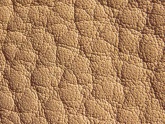
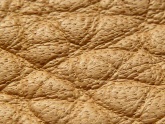
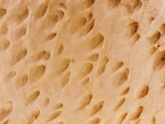

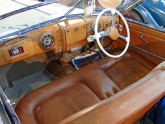
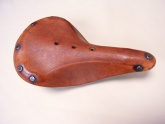
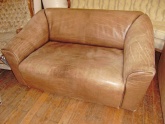
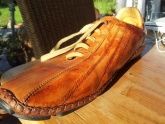

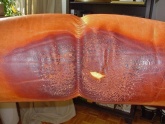
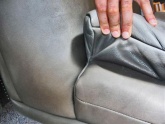

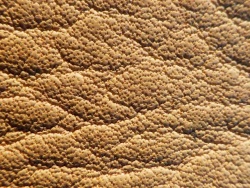
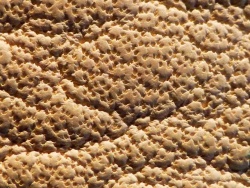

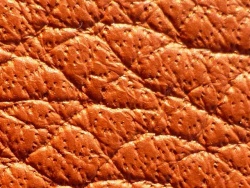
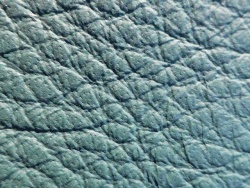
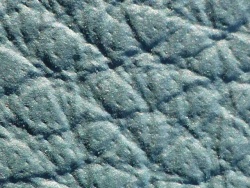

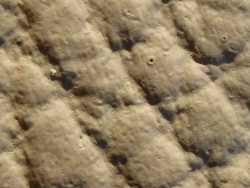
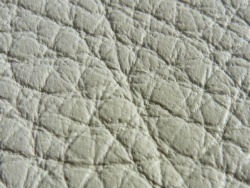
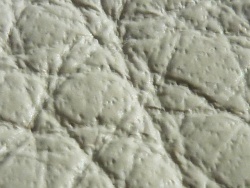

 a kotori web solution
a kotori web solution